
December 2016
The Seybert Story
By Paul Harvey
Ever since the late 1960s, the Brady's Bend, Pennsylvania, area has held a magical fascination for me. It's quite difficult to describe, as there is so much industrial history and natural beauty seeping from those hills and valleys. The Narrows Overlook displays the wide loop of the Allegheny River, where it can be viewed on both sides of the highway. As one descends into the valley, a marvel of history appears. This is the setting for the creation of a very unusual gas engine. It is also the setting for the legacy of its makers. Now I will return to the early settlement of this unique valley and let the story unfold.
Captain Samuel Brady, 1756 - 1795, was the first white man to see the great loop of the Allegheny River which became Brady's Bend. See Photo 1. The young Brady fought gallantly in the Revolutionary War and achieved the rank of captain. As the war ended, the Brady family followed the frontier west. Here they encountered hostile Indians who killed Capt. Sam's father and brother. Brady was filled with vengeance and pursued the Indians for the rest of his career. In 1780, he was following a band of hostile Indians who were holding white captives, and was able to free the captives at the area of Brady's Bend. After that incident all hostilities ceased, and the area was safe for settlement. Photo 2 illustrates the old keystone marker honoring Brady.
The major early industry to develop was the Brady's Bend Iron Works, which formed in 1839. This quickly became the largest iron works west of the Allegheny Mountains. They had everything: a railroad and river for transportation, and ample resources of iron ore, coal, and limestone. Four large furnaces were installed, along with rolling mills to produce railroad rail. The rail could be easily shipped to Pittsburgh on the river to meet the railroad's increasing demand. The village of Brady's Bend soon extended from the river, following Sugar Creek for three miles. Over 350 houses were built, along with stores and churches. Note Photo 3. The iron works was successful overall, but finally closed about 1890. A tiny village remains today, along with some scars in the hillsides and the remains of two furnaces, as shown in Photo 4.
Interestingly, the next town, Kaylor, named for an early settler, boomed as the mining town. Hundreds of miners lived there, to produce the ingredients to feed the furnaces. Kaylor exists today as a few homes along Route 68.
Photo 5 shows the great bend of the Allegheny River. It is a bit confusing, as both the bend and the village are named Brady's Bend. Making a lazy eight mile long bend, the river encloses both the town of East Brady and the village of Phillipston. The town of Brady's Bend is noted to the left in the photo, and Seybertown is above in the next sharp bend, but not noted. Many hundreds of feet above the river is the Brady's Bend Overlook, where the water can be seen on each side of the road. This location is noted in green. Here was the Old Narrows Inn, seen in Photo 6. It has been replaced by the Overlook Restaurant, but the area still retains much of its old charm.
Contrasted to Photo 3, we view a current topographical map of Brady's Bend shown in Photo 7. It still looks much the same. Seybertown, in the next loop of the river, is seen in Photo 8. It was here that Henry Seybert moved from Lehigh, Pennsylvania, and bought 97 acres. With the busy trade on the river, he built a distillery in 1849, which soon expanded into a hotel. He then donated land and built the first schoolhouse in the area in 1850. Before he died in 1862, he divided his land into 33 parcels for his heirs so that Seybertown would live on.
Henry's grandson, Andrew Jackson Seybert, was born on November 19, 1871, and soon became known as "Seybertowns' Inventor." Starting his career as tooldresser, he soon became listed as a machinist. He built a shop and service station in Brady's Bend, and had a varied career. It was here that he built about 30 gas engines, all on order of the customer. Photo 9, June 26, 1918, shows his marriage to Matilda Schultz.
Andy's creative mind produced three patents. His first, number 504,442 of September 5, 1893, was for a part for a loom. Then on October 5, 1915, number 1,155,841, he patented an oil field wrench as shown in Photo 10. Finally, Photo 11 shows his patent for the running gear of an automobile as noted in patent number 1,705,881 of March 19, 1929. This progression indicates that in later years, he was giving more attention to his service station and the increasing automobile business.
Andy built his shop in 1900 as "A. Seybert and Bros." and listed it as builders of gas engines and derrick cranes, as well as general machine work. Soon after, he powered a buggy with one of his gas engines, Photo 12, and used it to court his wife-to-be. With his own vehicle needing fuel, his service station became the first "filling station" for gasoline in Brady's Bend. Always looking for opportunity, he and his brother built and operated a ferry boat to East Brady when the ice destroyed the bridge in 1934. See Photo 13.
Andy passed away on January 8, 1918, and is buried in the Brady's Bend cemetery. The old machine shop and service station burned in 1974, but his grandson John Seybert and his brothers built a new and bigger station and still sell Sunoco gasoline. Photo 14 shows the new business on the same location as the old.
In the early 1970s, I was exploring Seybertown Road on my usual hunt for interesting engines. Soon I spotted a neat white powerhouse on the front lawn of a beautiful home. I was greeted by Bob Peters, Photo 15, and we quickly became friends. Later, I learned that Bob was instrumental in saving the St. Stephens Church, known as the old stone church, to become home of the Brady's Bend Historical Society. Note Photo 16. Bob had saved two engines that he considered historically important. One was the Palm and the other was the Seybert. Both had pumped local oil wells and he then saved them from scrap. Now both are at Coolspring Power Museum.
Returning to the present, our Seybert engine is shown in both Photo 17 and Photo 18. Bob explained that since production was so limited, many of the parts came from other sources. The number of castings was limited, and they were made at Butler Engine and Foundry, the Ball works. Andy produced the patterns. The flywheel on our engine came from a compressor, the crank shaft from a steam engine, and the clutch from an Evans. Having a 6 3/4 inch bore and a 12 inch stroke, our engine runs beautifully
Seen in Photo 19 is the cylinder water jacket, which is a piece of casing pipe carefully machined to fit between the head and the frame. This installation eliminated the need for an intricate cylinder casting to include the water passages. Note the engine does not have a governor as speed is controlled by the gas cock. It is four-cycle with a top mounted exhaust port. Photo 20 shows the eccentric drive that operates the exhaust valve. The photo also shows the crank shaft and connecting rod. The nameplate, seen in Photo 21, is actually cast from babbitt, which could have been done in Andy's shop.
The Seybert is an extremely interesting engine, one that demonstrates local ingenuity. It was designed with a minimum amount of castings, utilized spare parts, and performed the job very well We are happy to have one that runs so well.
I am deeply indebted to Debbie McCanna, President of the Brady's Bend Historical Society for all the help she gave for this article. I have used freely from the book I purchased, "If These Hills Could Talk," published by the BBHS. I certainly would recommend it to anyone and it can be obtained online from the BBHS. I have also used Ancestry.com, Google Maps, and Explore PA History.com.
Please visit Coolspring Power Museum in 2017 to see this great and unusual engine.

Photo 1: Captain Samuel Brady
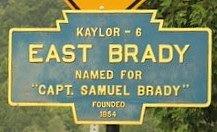
Photo 2: East Brady keystone marker
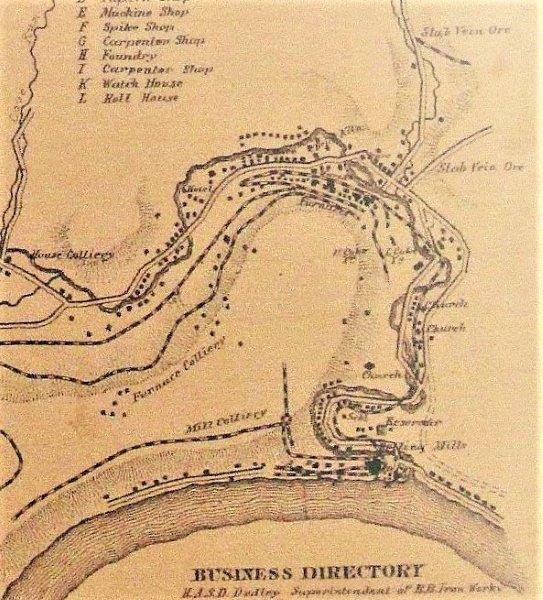
Photo 3: Brady's Bend business directory
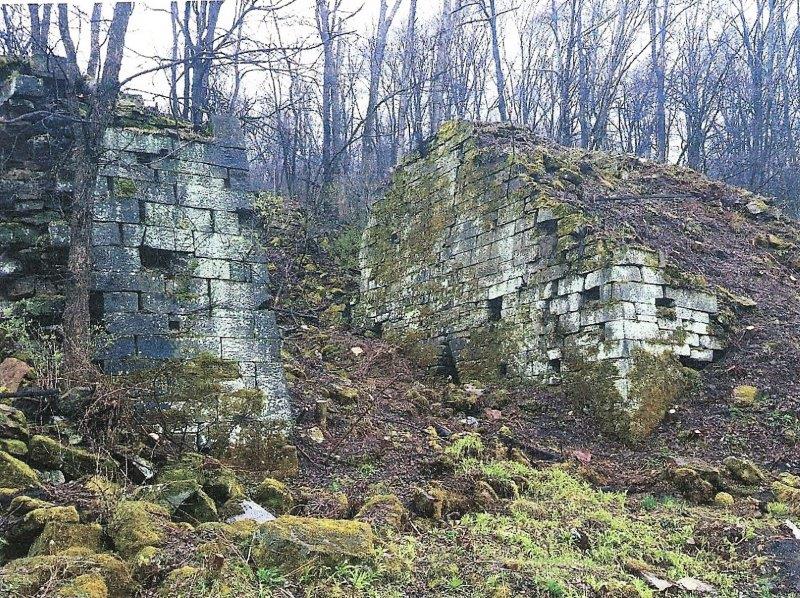
Photo 4: Remaining furnaces at the site of Brady's Bend Iron Works
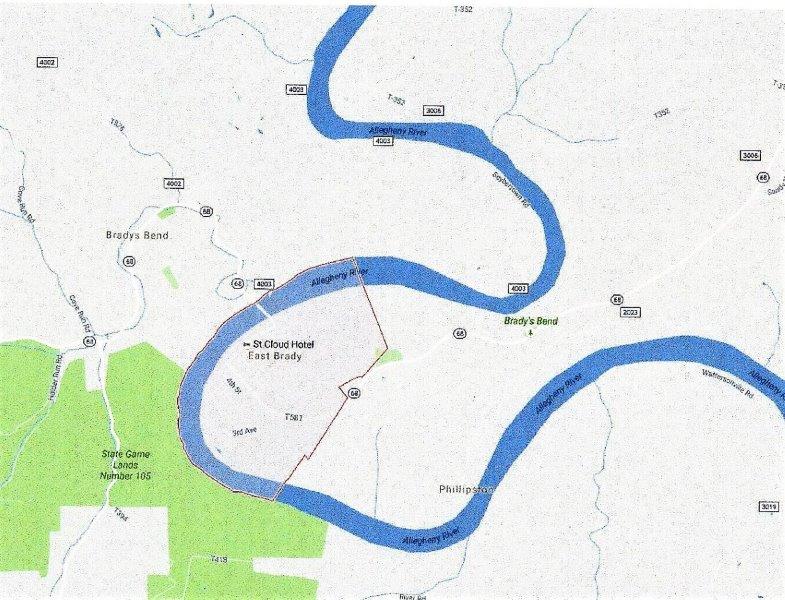
Photo 5: Map of the Allegheny River showing Brady's Bend
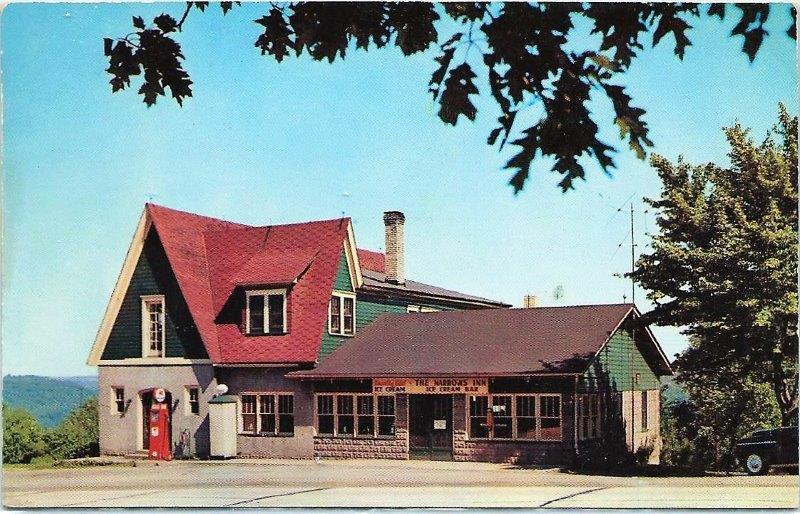
Photo 6: The Narrows Inn
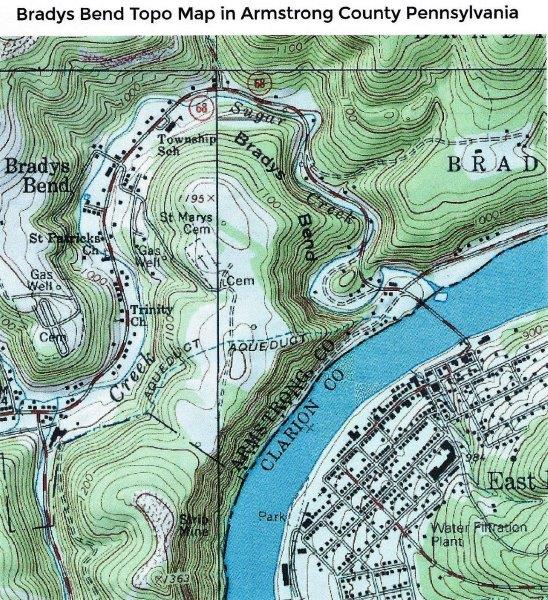
Photo 7: Topographic map of Brady's Bend
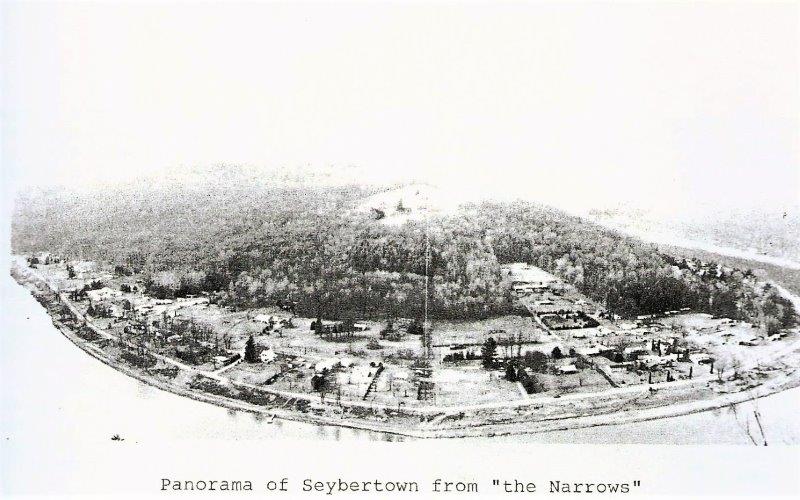
Photo 8: A view of Seybertown

Photo 9: Wedding photo for Andrew Seybert and Matilda Schultz
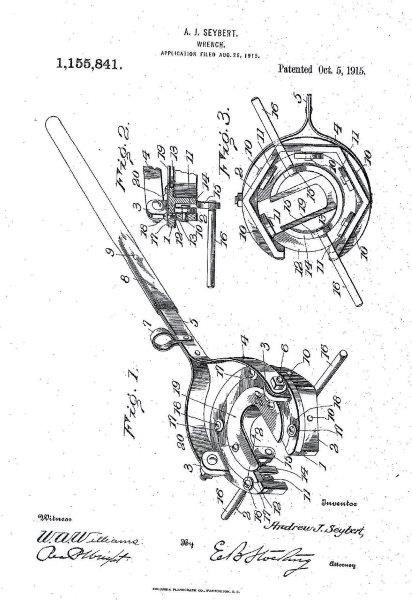
Photo 10: Patent drawing for wrench
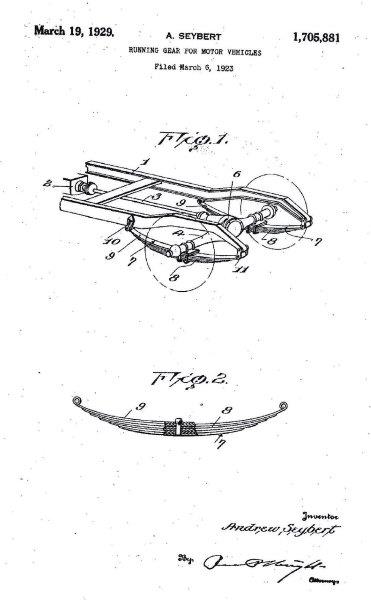
Photo 11: Patent for running gear
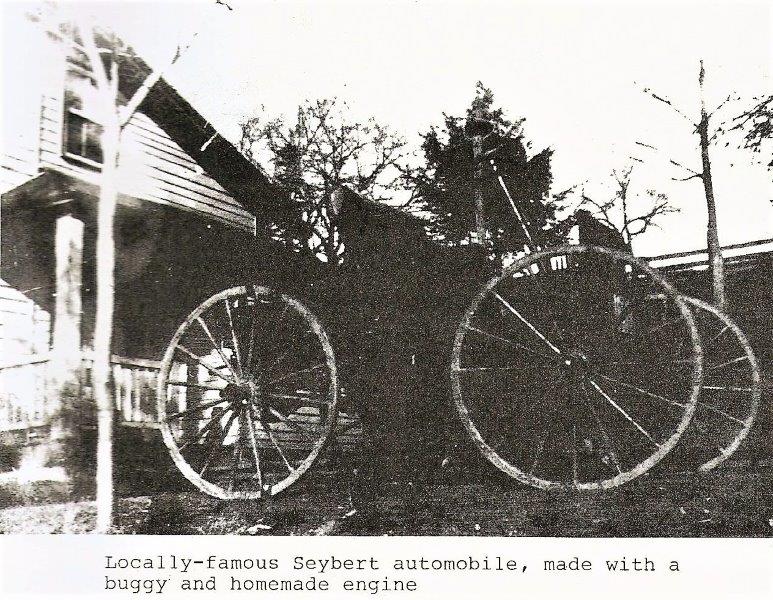
Photo 12: Seybert automobile
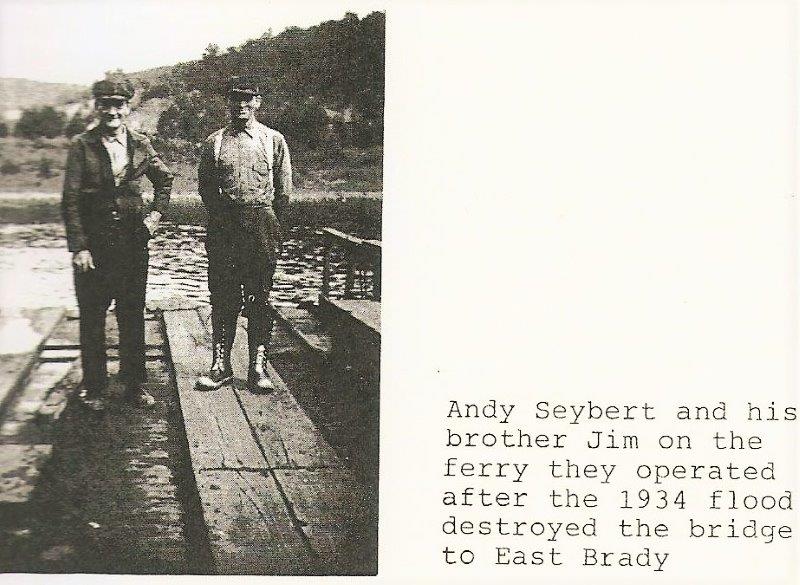
Photo 13: Seybert ferry boat
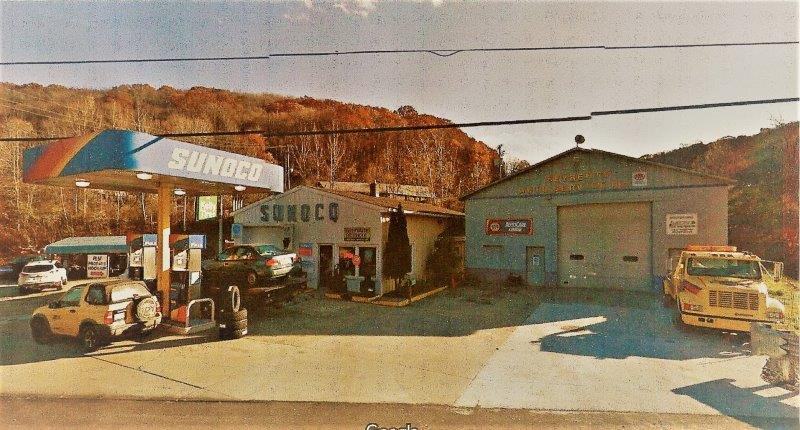
Photo 14: Seybert Sunoco present day
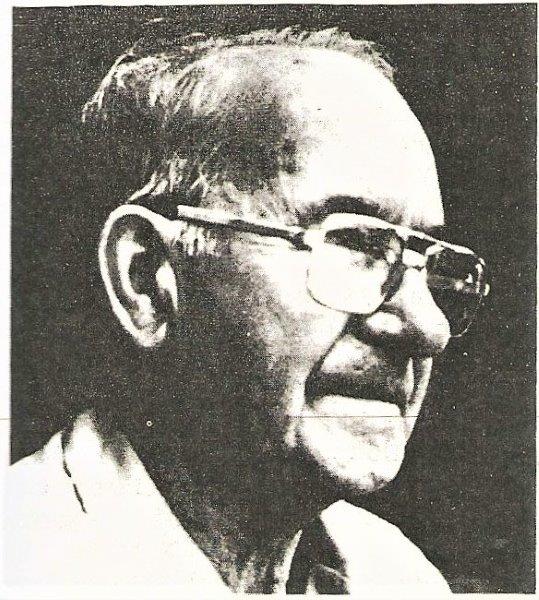
Photo 15: Bob Peters
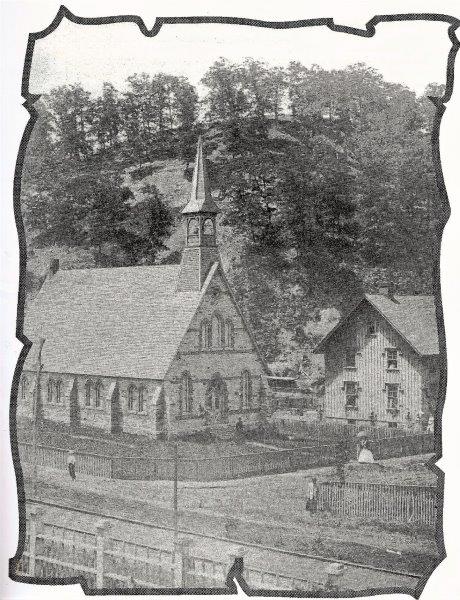
Photo 16: St. Stephens Church

Photo 17: Near side of the museum's Seybert engine
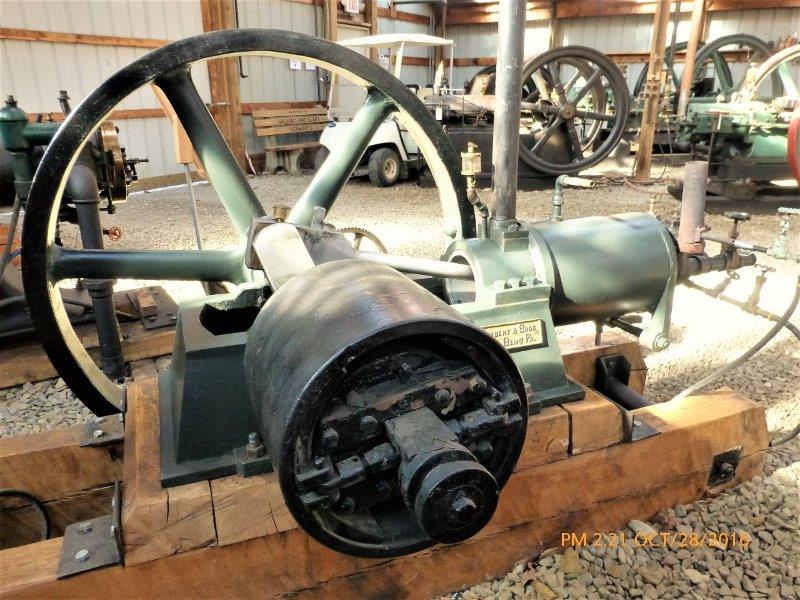
Photo 18: Off side of the museum's Seybert engine
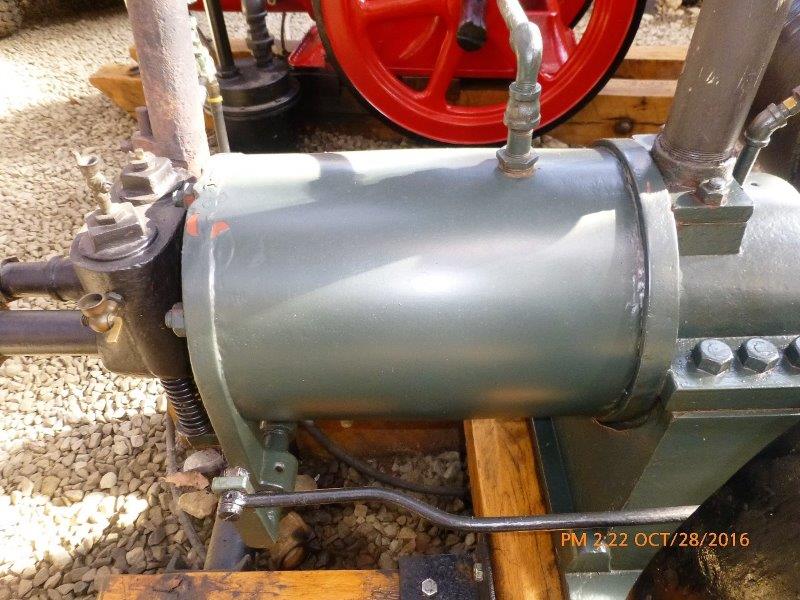
Photo 19: Water jacket for Seybert cylinder
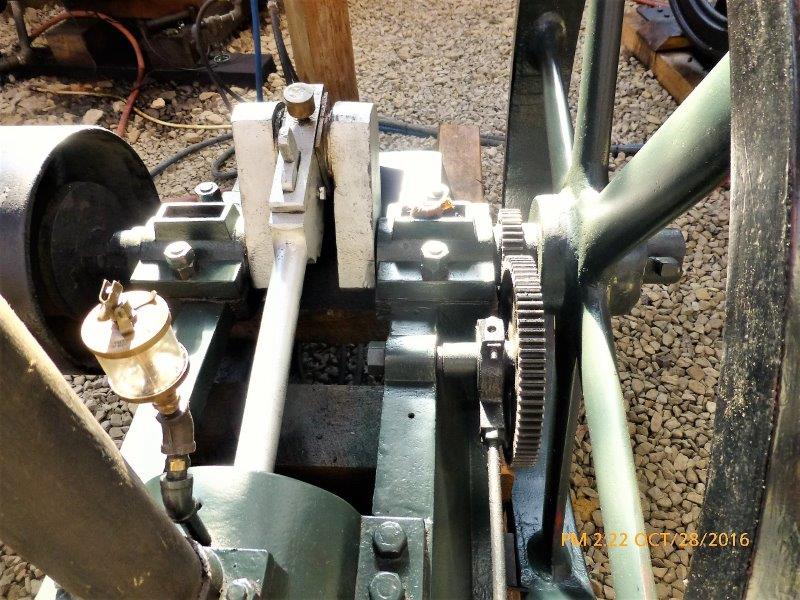
Photo 20: Crankshaft, connecting rod, and eccentric drive for the exhaust valve
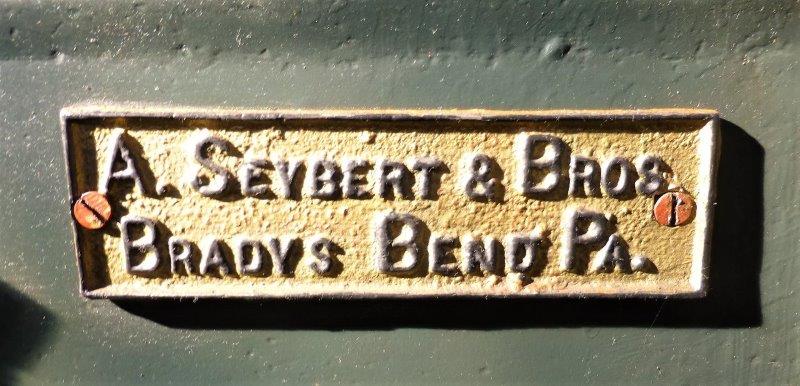
Photo 21: Seybert engine nameplate